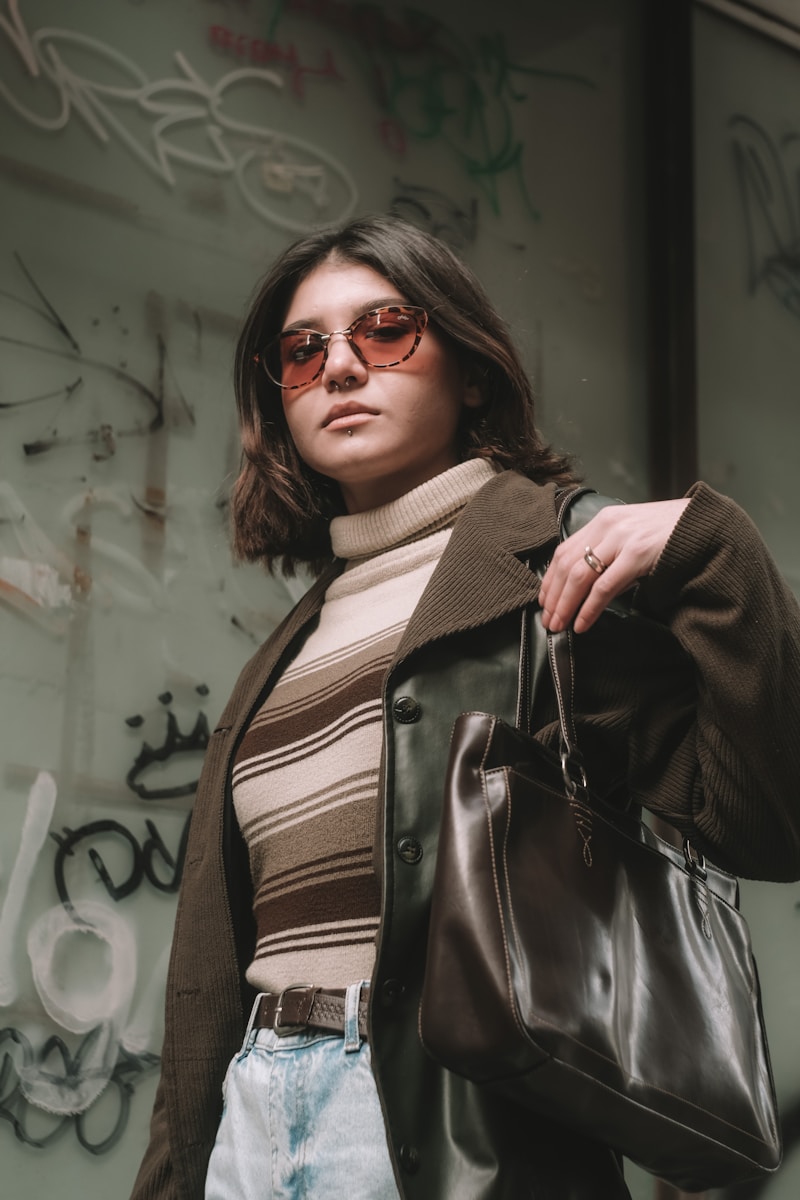Understanding the Appeal of Vintage Fashion: A Timeless Trend
In recent years, there has been a significant resurgence in the popularity of vintage fashion. It stands as a testament to individual style, creativity, and sustainability. Understanding the appeal of vintage fashion involves delving deep into its rich history, cultural significance, and the practical benefits it offers to fashion enthusiasts around the globe.
The Historical Context of Vintage Fashion
Vintage fashion refers to garments and accessories that were created at least twenty years ago, often reflecting the styles and trends of their time. Each era has unique characteristics that appeal to different individuals. For example, 1920s flapper dresses embody the liberation of women, while the 1960s mod style represents a youthful rebellion against traditional norms. Understanding these historical contexts allows modern wearers to connect with the rich narratives behind their clothing.
The Allure of Nostalgia
Nostalgia plays a crucial role in the appeal of vintage fashion. Many individuals are drawn to the past, whether it be a reflection of their childhood, their parents’ or grandparents’ styles, or even a time they admire from books and movies. Vintage fashion offers a tangible connection to those moments, allowing individuals to express personal stories through their clothing choices.
Cultural Significance of Vintage Fashion
Vintage fashion often reflects broader cultural movements and social changes. The clothes from various periods tell stories of societal issues, artistic movements, and individual freedoms. Moreover, vintage clothing can serve as a form of protest against fast fashion, which is known for its detrimental effects on the environment and labor practices.
| Era | Key Features | Cultural Impact |
| 1920s | Flapper dresses, fringe, and beading | Women’s liberation, jazz age |
| 1960s | Bold patterns, mini skirts, and mods | Youth rebellion, counterculture |
| 1980s | Neon colors, shoulder pads, and oversized accessories | Pop culture, feminism, and individualism |
The Practical Benefits of Vintage Fashion
Beyond historical and cultural reasons, there are practical benefits to choosing vintage clothing. These include:
- Sustainability: Vintage fashion reduces waste by promoting re-use and recycling, which is essential in combating climate change.
- Unique Style: Vintage pieces add individuality to one’s wardrobe. Finding a one-of-a-kind item allows wearers to stand out from the crowd, avoiding the cookie-cutter styles often found in modern fast fashion.
- Quality: Many vintage items are made from high-quality materials that are no longer used in contemporary clothing production. Investing in vintage can often mean investing in longevity.
How to Incorporate Vintage Fashion into Your Wardrobe
Incorporating vintage items into your wardrobe can seem daunting at first, but here are some tips to make it easier:
Know Your Sizes
Sizes have changed significantly over the decades. When shopping for vintage, be prepared to try on different styles and pay attention to measurement labels.
Mix and Match
Combining vintage pieces with modern clothing creates a balanced look. For instance, pairing a vintage skirt with a contemporary top can blend the old with the new, showcasing your unique style.
Accessorize Wisely
Accessories can make or break an outfit. Choosing vintage belts, hats, or jewelry can elevate your look and draw attention to your personal style.

Common Misconceptions About Vintage Fashion
Despite its popularity, there are still misconceptions surrounding vintage fashion:
- It’s Expensive: While some vintage pieces can be pricey, many thrift stores offer affordable options that are just as stylish.
- It’s Only for Certain Body Types: Vintage clothing comes in various shapes and sizes, ensuring there’s something for everyone.
- It’s Outdated: Vintage fashion often inspires modern runway styles, showcasing its timeless relevance.
Where to Find Vintage Fashion
There are numerous places to find vintage clothing:
- Thrift Stores: Local thrift stores often have a rotating selection of unique vintage items at reasonable prices.
- Online Marketplaces: Websites such as Etsy, eBay, and Depop offer vast selections of vintage clothing.
- Vintage Boutiques: Check out local vintage shops for curated collections and skilled staff who can help you find your style.
Understanding Vintage Fashion in a Digital Age
The rise of social media platforms like Instagram and Pinterest has significantly contributed to the popularity of vintage fashion. Influencers and fashion bloggers often post vintage outfits, inspiring their followers to explore vintage options. This digital exposure encourages a re-evaluation of what constitutes 'fashionable,' leading to more people embracing vintage pieces.
Conclusion: Celebrating Vintage Fashion
Understanding the appeal of vintage fashion is multifaceted, encompassing emotional, cultural, and practical dimensions. As society becomes more conscious of sustainability and seeks uniqueness in an increasingly homogenized fashion landscape, vintage clothing stands out as a viable and stylish alternative. By embracing vintage, individuals not only celebrate individuality but also contribute to a more sustainable future.
As you delve into the world of vintage fashion, remember to explore with an open mind, consider your style, and most importantly, enjoy the process of self-expression through your fashion choices.